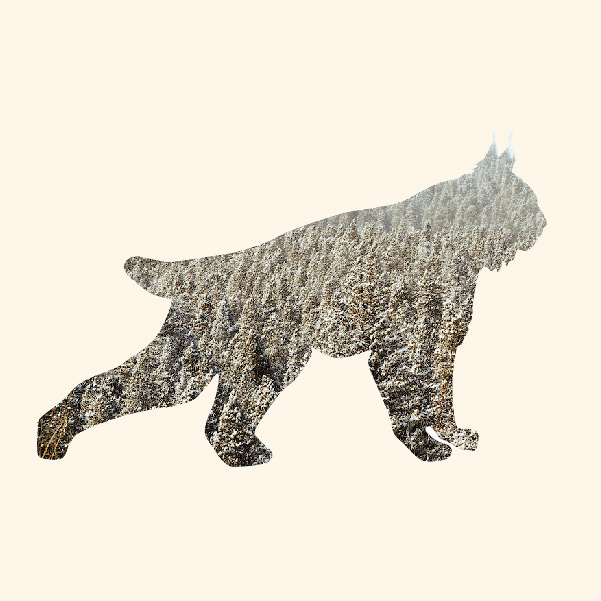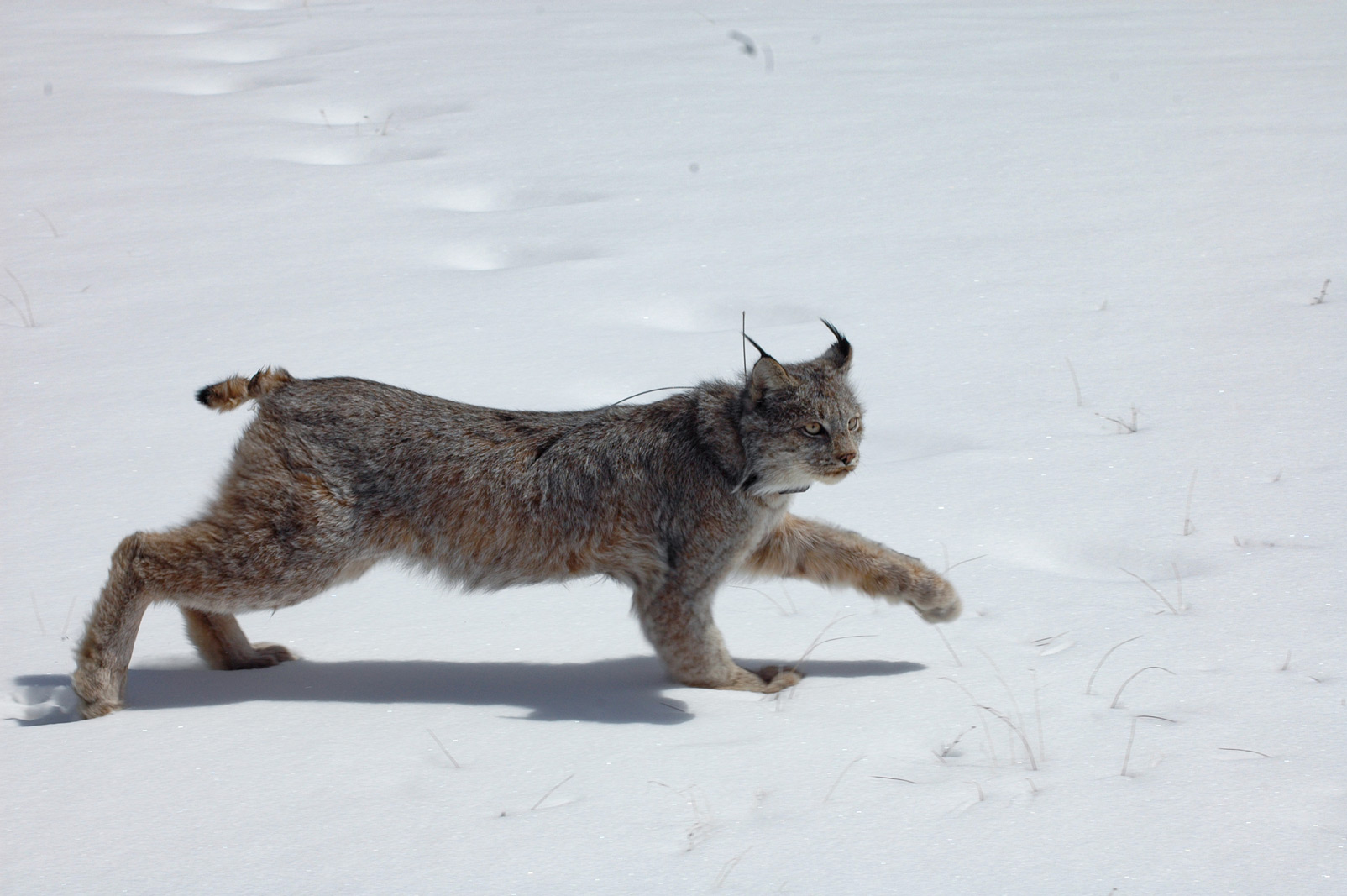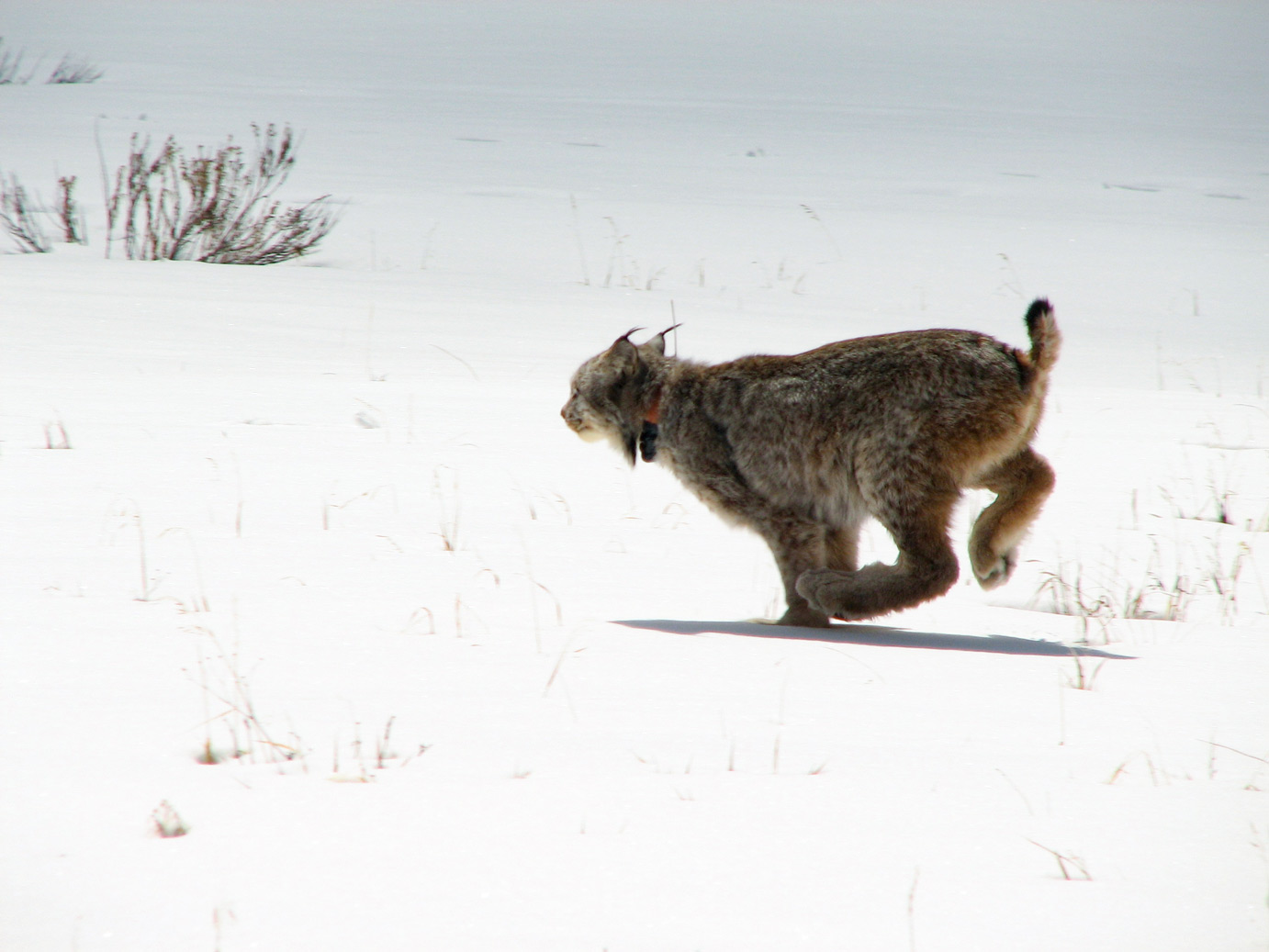Colorado’s Nocturnal Hero
The lynx, along with its favorite food source, snowshoe hare, is named as the classic predator-prey relationship.

Colorado’s Nocturnal Hero
The lynx, along with its favorite food source, snowshoe hare, is named as the classic predator-prey relationship.

Canada lynx are endangered in the state of Colorado. They were reintroduced in the late 1990s by Colorado Parks and Wildlife. Lynx populations are tied closely to the density of snowshoe hares and vice versa, where both populations fluctuate in almost perfect synchrony. Snowshoe hares make up 35% to 97% of the Canada lynx’s diet. These cats will also eat small animals such as squirrels, grouse, porcupines and voles. They are excellent and sneaky hunters. Their large, fur-covered feet and sprawling-toed track make it easy for them to navigate deep snow, much like snowshoes. Their tufted ears act as hearing aids and their eyesight is so strong, they can spot a mouse 250 feet away. This is one animal truly built to hunt their food. Lynx closely resemble bobcats and can be distinguished by their larger feet/track size, coat coloration, and tail color/length. Here’s to restoring Colorado’s missing lynx!
